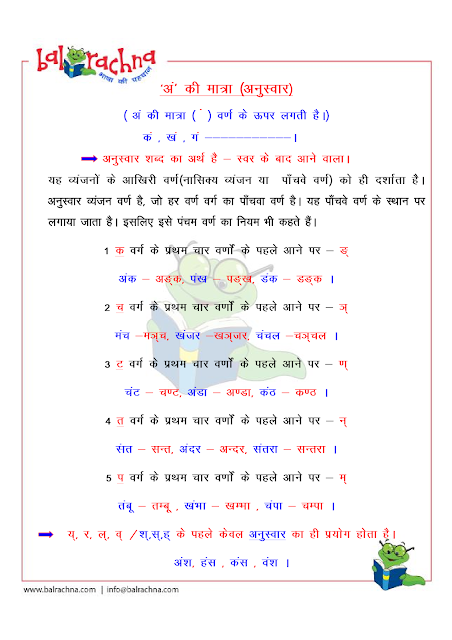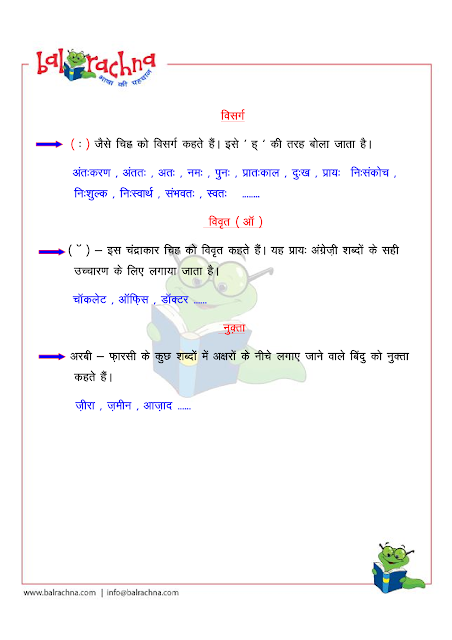In this post, I have reading matter of i, [ɪ] इ / ī, [i:] ई Matra words and sentences with IPA symbols to help the non-Hindi speakers. Many subscribers earlier had requested this particular topic to help them teach their English speaking kids.
It is important to be able to distinguish between short and long vowels for correct pronunciation because these vowels, in combination with consonants, are used to form words.
इ - i/ [ɪ] is short ‘i’ in ill, it, inn. (short vowel)
ई - ee/ [i:] as sound of long ‘ee’ in feet, esteem
(Long vowel)
· It is noteworthy that many consonants which are part of the Hindi language do not exist in English. ड़/ढ़ are difficult to pronounce in English.
· Following consonants with a नुक्ता (dot) under the alphabet is part of Urdu and Persian words. eg. क़लाम, ख़ान, ग़ैर जहाज़, ज़ीरा, फ़नकार
क़ ख़ ग़ ज़ फ़ ड़ ढ़
[q] [x] [ɣ] [z] [f] [ɽ] [ɽʱ] (IPL)
If you are visiting my blog and feel that the
worksheets are useful for your kids, then please hit the follow
button and leave a comment. I would love to have feedback. Happy teaching
!!!











